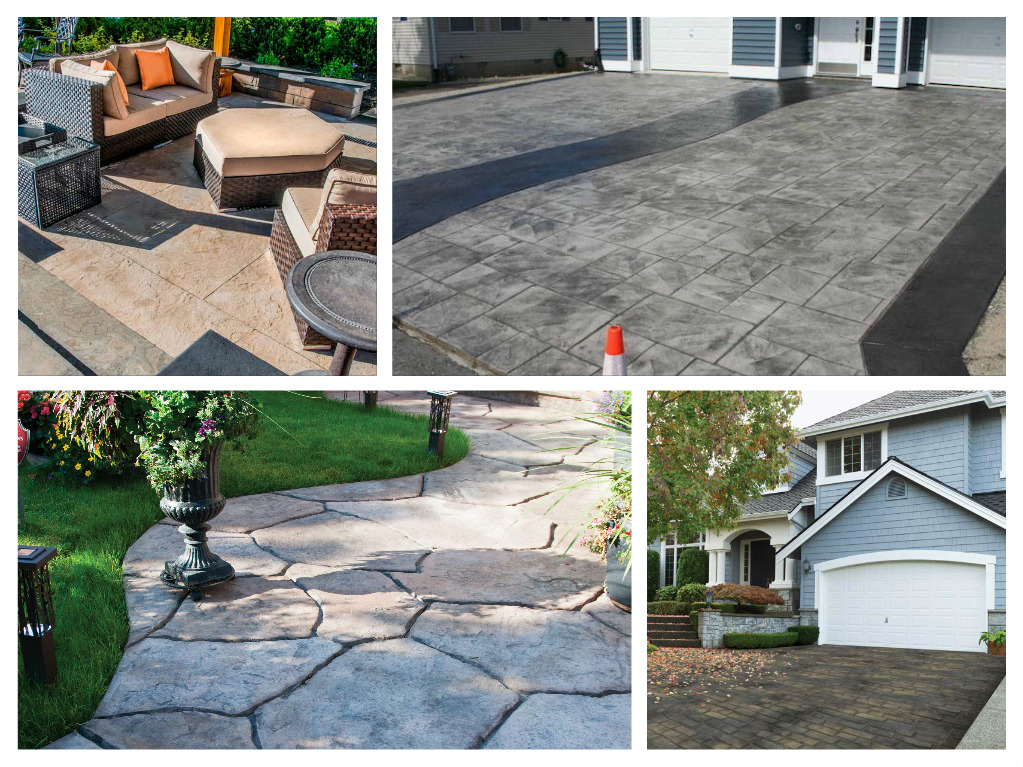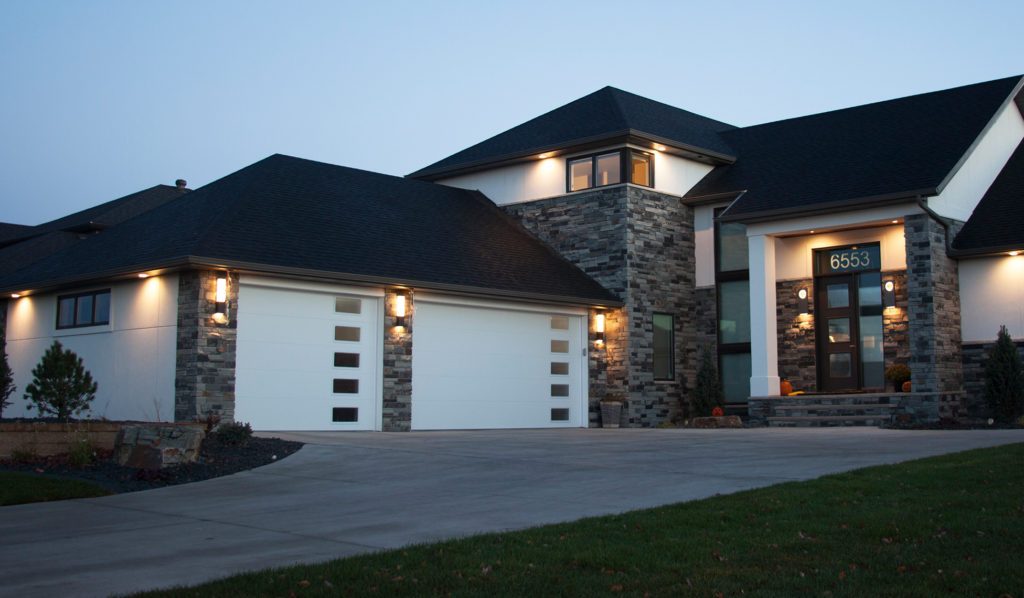Unveil the secrets to transforming your driveway with our DIY guide to installing a gravel driveway, weed barrier included. Discover the essential tools, materials, and steps needed to revamp your outdoor space effortlessly. By following our expert advice, you can create a durable and visually appealing gravel driveway that enhances your home’s curb appeal. Whether you’re a seasoned DIY enthusiast or a novice looking to tackle a new project, this comprehensive guide will equip you with the knowledge and confidence to complete the task successfully. Get ready to elevate your property’s aesthetics with a cost-effective and practical gravel driveway installation.
Key Takeaways
- Plan carefully: Before starting your gravel driveway project, take the time to plan out the layout, dimensions, and any necessary permits.
- Proper site preparation is key: Clear the area of debris, grade the land for proper drainage, and consider adding a geotextile fabric for weed control.
- Choose the right materials and tools: Select high-quality gravel, appropriate base materials, and ensure you have the necessary tools for each step of the installation process.
- Layering is crucial: Follow the recommended steps for creating a stable base layer, applying the middle layer correctly, and finishing with a top layer that provides both aesthetics and functionality.
- Regular maintenance is essential: To keep your gravel driveway in top condition, perform periodic raking, replenish gravel as needed, and address any drainage issues promptly.
- Consider cost-effective alternatives: Explore different types of gravel or alternative driveway materials to find a solution that fits your budget and aesthetic preferences.
Planning Your Driveway
Choose Location
When planning your driveway project, carefully select a location that is easily accessible and has good drainage. Avoid areas with obstacles like trees or utility lines. Checking the slope of the area is crucial to prevent water pooling.
To start, measure the width and length of your diy driveway project accurately. Use landscape stakes and string to mark out the path precisely. Double-checking measurements is essential to avoid errors during installation.
Measure and Mark Path
When embarking on a new driveway build, it’s crucial to measure and mark the path accurately. Utilize landscape stakes and string to outline the driveway’s exact route. Accurate measurements are key to a successful installation.
For any driveway construction project, ensure you obtain the necessary permits from local authorities beforehand. Prepare all required documentation for permit applications and adhere to local regulations and building codes.
Permit Applications
Before beginning any driveway installation, check with local authorities about permit requirements. Gather all necessary documents for permit applications if they are needed. Always ensure full compliance with local regulations and building codes.
Preparing the Site
Remove Grass
Clear the driveway area using a shovel or sod cutter, eliminating any existing grass effectively. Dispose of the removed grass responsibly to ensure a clean surface for the gravel installation. After grass removal, smooth out the soil to create a level base for the driveway.
Remove Topsoil
Dig out the topsoil layer from the driveway area to the required depth, ensuring proper preparation for the gravel. Utilize equipment like a backhoe for efficient topsoil removal. Dispose of the excavated soil responsibly to prevent any environmental concerns from arising.
Level the Ground
To establish a stable foundation, use a bulldozer or heavy truck to ensure the ground is leveled accurately. Compact the soil thoroughly to provide a solid base for the gravel driveway. Before proceeding further, verify the evenness of the ground surface to avoid any issues during installation.
Materials and Tools
Calculate Gravel Needed
Calculating the volume of gravel required for your driveway is crucial. Multiply the length, width, and depth to get an accurate estimation. Ensure to factor in the recommended thickness for each layer of gravel. Consulting with suppliers like Garrity Stone, Inc. can provide precise calculations based on your driveway’s dimensions.
Schedule Delivery
To streamline your project, contact Garrity Stone, Inc. at (317) 546-0893 to schedule the delivery of limestone or other types of gravel. Align the delivery timing with your installation schedule to avoid delays. Confirm the types and quantities of gravel to be delivered to meet your project requirements effectively.
Tools for Installation
Gathering the right tools is essential for a successful installation process. Essential tools include landscape stakes, string, backhoe, and bulldozer. These tools aid in preparing the site and spreading gravel evenly. Ensure you have all the necessary equipment for spreading and compacting different layers of gravel effectively.
Consider renting any specialized tools required for specific tasks during installation. Renting equipment can save costs and ensure you have access to high-quality tools without purchasing them outright.
Remember to prioritize safety when using heavy machinery and equipment during the installation process. Proper safety gear such as gloves, goggles, and helmets should be worn at all times.
Base Layer Work
Add Base Layer
- Lay down the base layer using #4 crushed limestone to establish a stable foundation.
- Spread the base layer evenly across the driveway path for uniform support.
- Compact the base layer thoroughly to prevent shifting or settling over time.
Compact Base
- Use appropriate compaction equipment to compact the base layer effectively.
- Ensure the base layer is compacted uniformly to provide a solid base for the driveway.
- Check the compaction levels periodically to maintain the desired density.
Middle Layer Application
Spread Middle Gravel
- Spread the middle layer of gravel with #53 crushed limestone to boost stability.
- Distribute the gravel evenly over the compacted base layer for uniformity.
- Ensure the middle layer is spread to the recommended thickness for optimal performance.
Compact Gravel
- Compact the middle gravel layer using compaction equipment for enhanced stability.
- Verify compaction levels to achieve desired density throughout the driveway.
- Ensure proper compaction to prevent issues like uneven settling.
Top Layer Finishing
Spread Top Gravel
- Spread the top layer of gravel with materials like #8 crushed limestone, river rock, or pea gravel.
- Use these materials for a decorative touch that enhances the overall look of your driveway.
- Ensure you distribute the gravel evenly across the surface to create a visually appealing appearance.
Smooth Surface
- Smooth the surface of your gravel driveway using rakes or compactors for an even finish.
- Eliminate any uneven areas or bumps that may hinder the functionality of the driveway.
- Pay close attention to the finishing touches to achieve a polished and professional look.
Additional Tips
Gravel Grids Use
Gravel grids are essential for enhancing the stability of your driveway, especially in high-traffic areas. By installing gravel grids beneath the top layer, you can prevent gravel displacement effectively. These grids also significantly improve the load-bearing capacity of your driveway, making it more durable in the long run. Consider incorporating gravel grids into your design to ensure a sturdy and long-lasting gravel driveway.
Maintenance Advice
To maintain the quality and appearance of your gravel driveway, establish a regular maintenance routine. Keep an eye out for issues such as weed growth, erosion, or potholes and address them promptly to prevent any further damage. By following expert maintenance tips, you can prolong the lifespan of your driveway and keep it looking pristine for years to come.
Cost and Alternatives
Materials Cost Breakdown
When planning your gravel driveway installation, it’s crucial to calculate the total cost of materials accurately. Consider different types of gravel, tools, and additional materials needed. Estimate the quantities required based on the size of your driveway.
To break down the costs, start with the gravel itself. Popular options include pea gravel, crushed stone, and river rock. Each type comes at a different price point, so choose based on your budget and aesthetic preferences. Don’t forget about tools like shovels, rakes, and a wheelbarrow, which are essential for the project.
Additional materials such as landscape fabric and edging can also add to the overall cost. Factor in these expenses when creating your budget to avoid any surprises during the installation process. By planning effectively, you can ensure that you have all the necessary materials without overspending.
DIY vs Professional
When deciding between a DIY installation or hiring professionals for your gravel driveway, weigh the pros and cons carefully. DIY projects offer flexibility and customization options according to your preferences. However, they require time, effort, and a certain level of expertise.
On the other hand, hiring professionals guarantees efficiency and expertise in the installation process. They can complete the job quickly and effectively, saving you time and ensuring a high-quality result. Consider your budget constraints as well; while DIY may seem cost-effective upfront, professional services can prevent costly mistakes in the long run.
Comparing DIY with professional installation involves considering factors like time, skills required, and desired outcome quality. If you enjoy hands-on projects and have the necessary tools, DIY could be a rewarding experience. Alternatively, if you prefer a hassle-free process with guaranteed results, hiring professionals might be the best choice for you.
Final Remarks
You’ve now got a solid grasp on installing a gravel driveway. By planning meticulously, prepping the site properly, and following the steps for each layer, you’re well on your way to a durable and attractive driveway. Remember to consider the cost and explore alternative options that might suit your needs better. With these tips and tricks, your DIY project is set up for success.
Take the first step today by gathering your tools and materials. Dive into the project with confidence, knowing that you have the knowledge to create a functional and visually appealing gravel driveway. Happy building!
Frequently Asked Questions
How do I determine the right amount of gravel needed for my driveway?
To calculate the amount of gravel required, measure the length, width, and depth of your driveway. Use an online gravel calculator by entering these dimensions to get an estimate. Consider adding a bit extra for any unevenness or settling.
What tools are essential for installing a gravel driveway?
Key tools include a shovel, rake, wheelbarrow, tamper, and string lines for proper leveling. A vibrating plate compactor can help compact the gravel efficiently for a stable driveway surface.
Is it necessary to install a geotextile fabric under the gravel layers?
Yes, laying a geotextile fabric beneath the gravel layers helps prevent weed growth and enhances stability by providing separation between the soil and gravel. It also aids in drainage and prolongs the lifespan of your gravel driveway.
How can I maintain my gravel driveway to ensure longevity?
Regular maintenance tasks include grading the surface to even out bumps, refilling areas with additional gravel as needed, and removing debris or vegetation that may impede drainage. Applying a fresh layer of gravel every few years can also help maintain its integrity.
Are there eco-friendly alternatives to traditional gravel for driveways?
Consider using permeable pavers or recycled materials like crushed concrete or asphalt as environmentally friendly options for your driveway. These alternatives promote better water drainage, reduce runoff, and contribute to sustainable landscaping practices.






